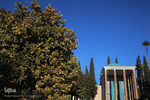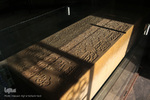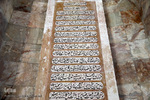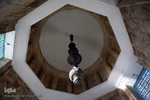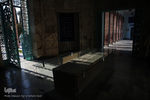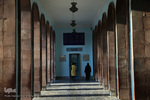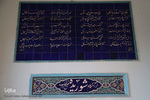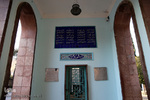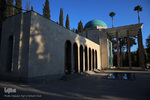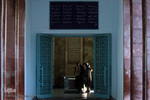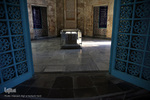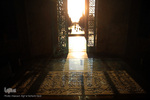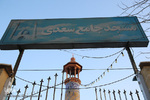Tomb of Saadi in Iran’s Shiraz
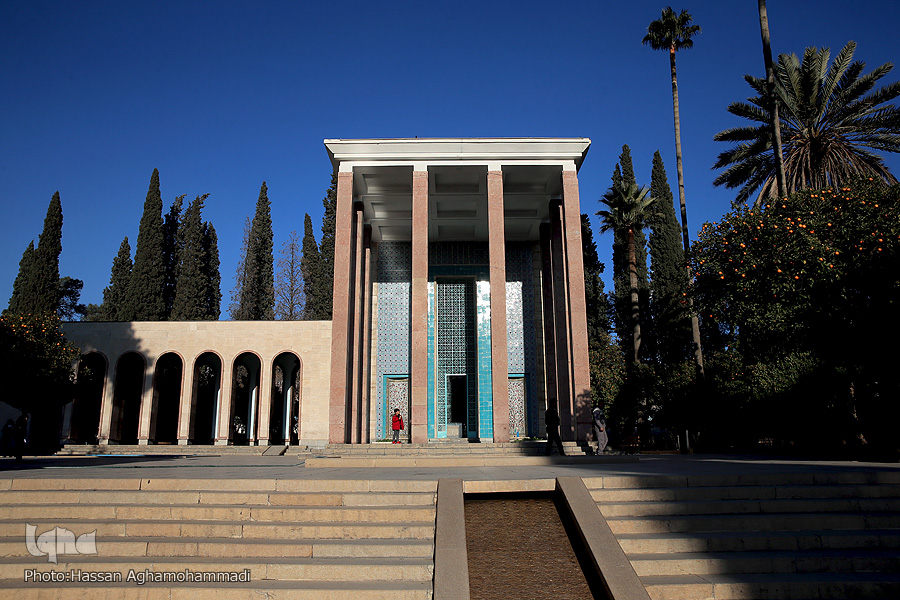
Saadi (1200-1292 AD) is recognized for the quality of his writings and for the depth of his social and moral thoughts.
His best known works are the Bostan (The Orchard) and the Golestan (The Rose Garden). The Bostan is entirely in verse (epic meter) and consists of stories aptly illustrating the standard virtues recommended to Muslims (justice, liberality, modesty, contentment) as well as of reflections on the behavior of dervishes and their ecstatic practices. The Golestan is mainly in prose and contains stories and personal anecdotes.
The Tomb of Saadi, commonly known as Saadieh is a tomb and mausoleum dedicated to Saadi in Shiraz. Saadi was buried at the end of his life at a Khanqah at the current location. In the 13th century a tomb was built for Saadi by Shams al-Din Juvayni, the vizir of Abaqa Khan. In the 17th century, this tomb was destroyed. During the reign of Karim Khan a mausoleum of two floors of brick and plaster, flanked by two rooms, was built. The current building was built between 1950 and 1952 to a design by the architect Mohsen Foroughi and is inspired by the Chehel Sotoun with a fusion of old and new architectural elements. Around the tomb on the walls are seven verses of Saadi’s poems.
The first day of Ordibehesht in the Iranian calendar (which falls on April 21 this year) Marks the national commemoration of Saadi Day.






